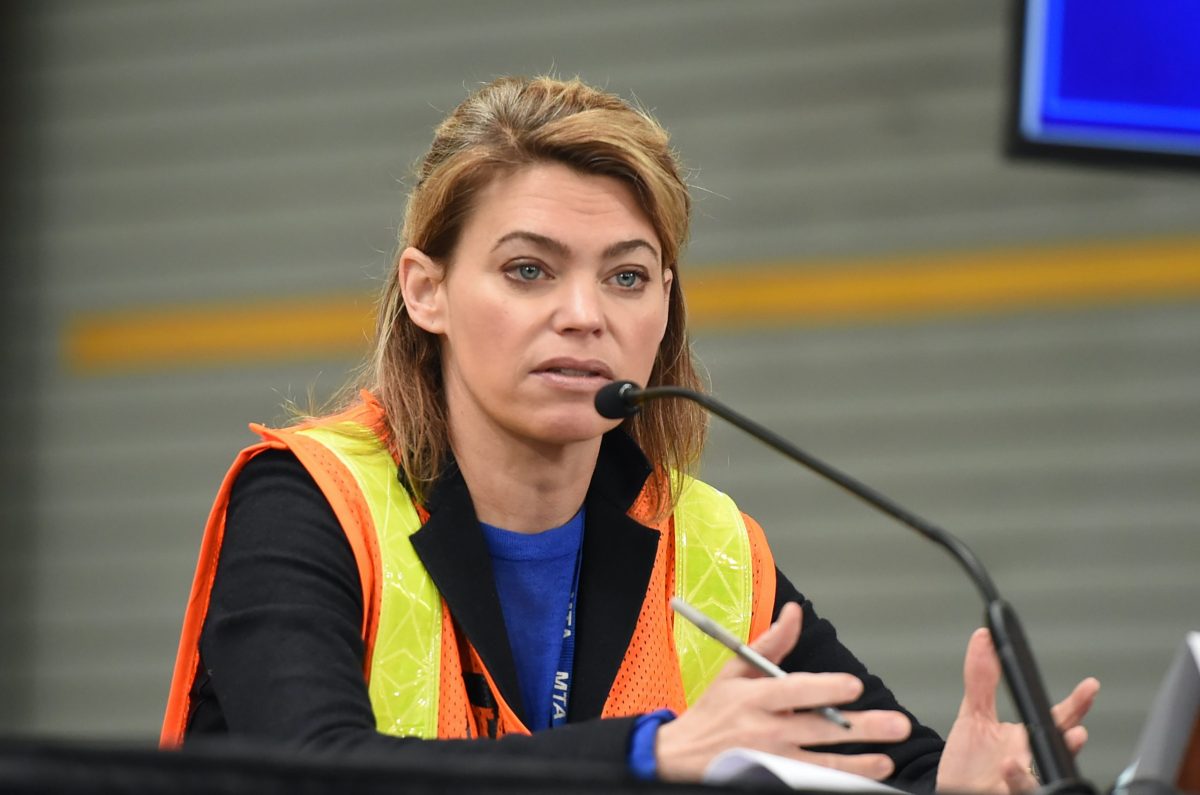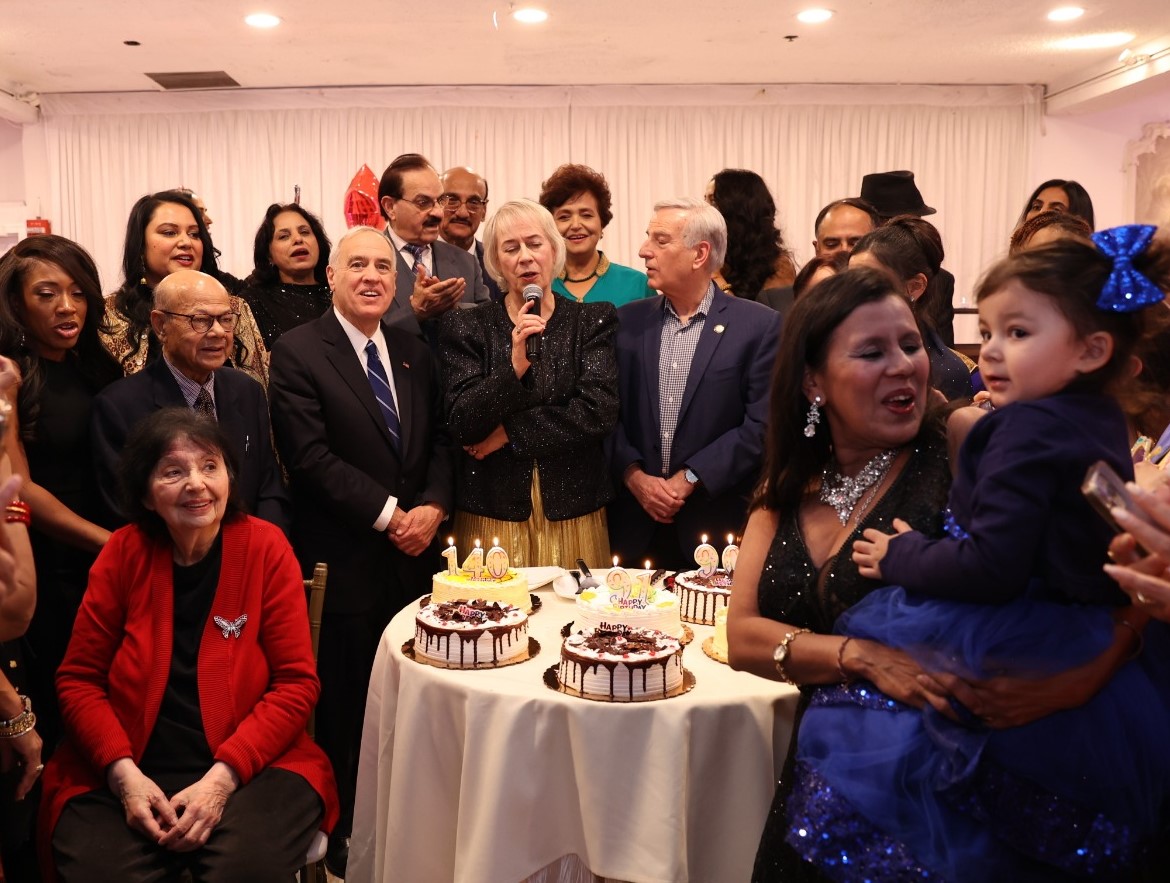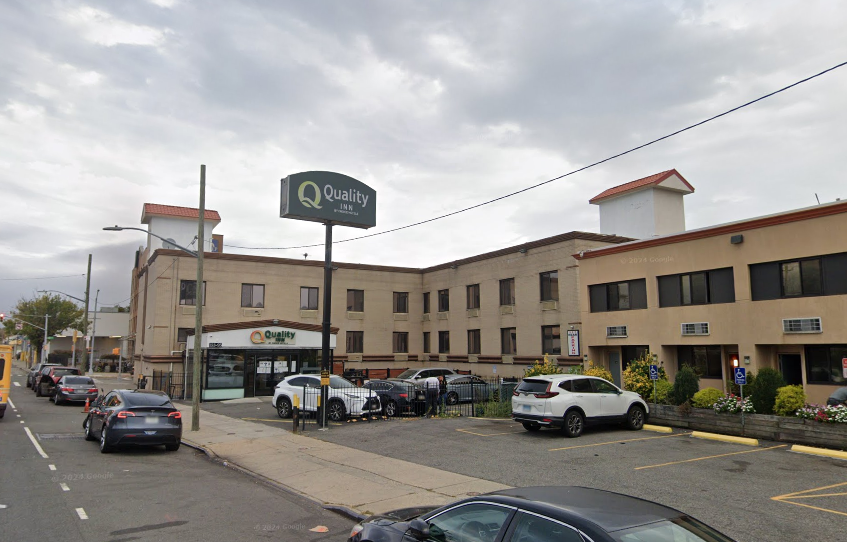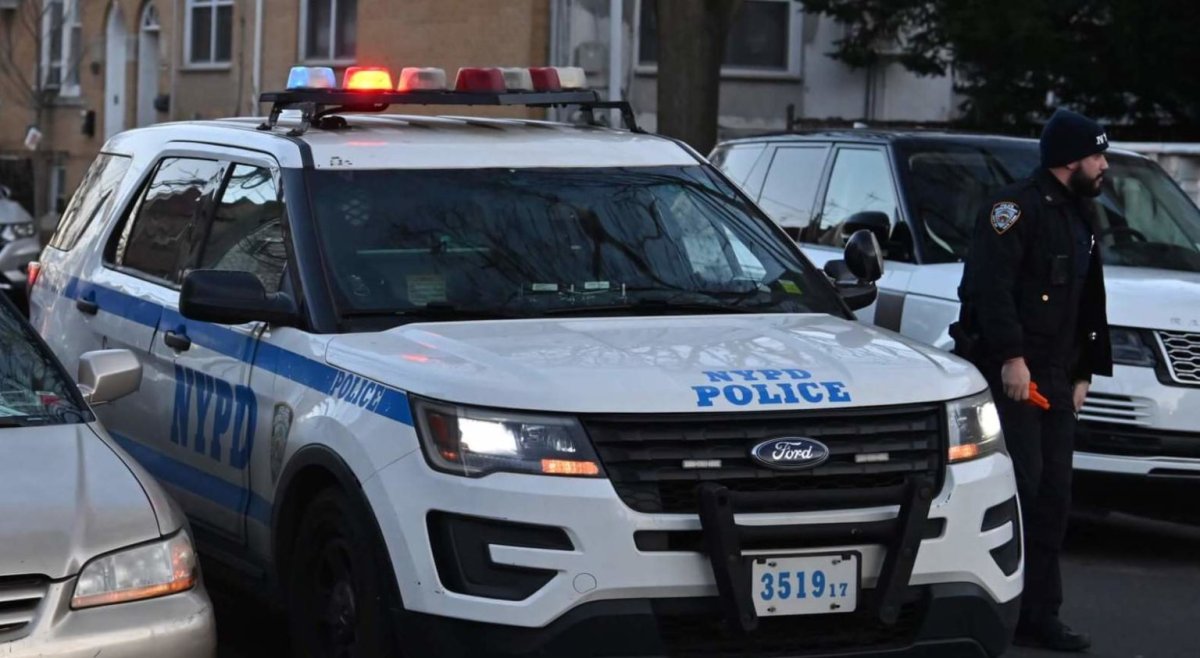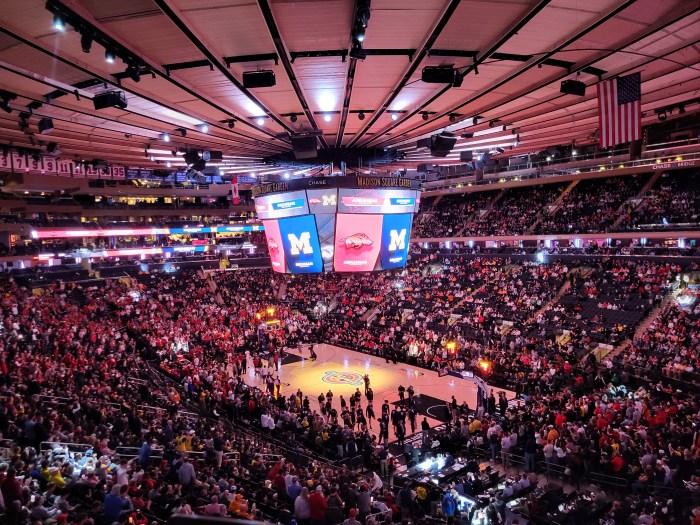BY SARAH FEINBERG
All New Yorkers know the subway system is massive: 472 stations and 26 lines, kept moving by tens of thousands of employees. Given the scale, decisions about changing service can normally take months, or even a year or more to get right.
Last week, we implemented the most significant service change in the subway’s 115-year history in a matter of days.
Closing the system overnight was a historic decision that reverberated across the whole of New York City Transit — from mobilizing cleaning and security crews to developing a plan for dramatically increased bus service. But we had to act fast to better protect our valued customers and employees from COVID-19.
So far, the closures have been going better than any of us dared to expect, which is a credit to our tireless and heroic workforce.
During the overnight, we’ve been able to clean and disinfect basically every train car in service, and the work continues throughout the day. Our crews are using everything from electrostatic sprayers to antimicrobials to get the job done.
Additionally, we’ve been moving more customers than ever before with overnight bus service. On night one of the closures, bus ridership skyrocketed by 76% to 14,500 customers.
This demonstrates the return on investment we’ve made under the MTA Essential Plan Night Service. Service was enhanced on 61 routes, adding 1,168 new trips. There are an extra 344 buses on the road for a 150% increase in our operational fleet. Importantly, we’ve not only preserved but enhanced service for hospital, health care, and other vital workers. Hundreds of customers are also taking advantage of our “Essential Connector” program where bus service is not workable.
We wouldn’t be able to do any of this without our partners at the NYPD, who have deployed more than a thousand officers nightly to help secure our stations. We hope to see this level of support continue going forward.
Outreach teams and social workers are also fanning out across the system to help connect unsheltered New Yorkers with the services they need and deserve during this pandemic. Hundreds of people have already accepted help. This is a good first step. We will continue to work with our partners at the City and State level to adjust deployments to have the most impact.
We still need your patience as we navigate this new reality. I’ve said from the start there will be some wrinkles, but we’ll iron them out as we go. We’re adjusting in real-time to provide the best service possible. You can count on us.
Sarah Feinberg is acting New York City Transit president.



